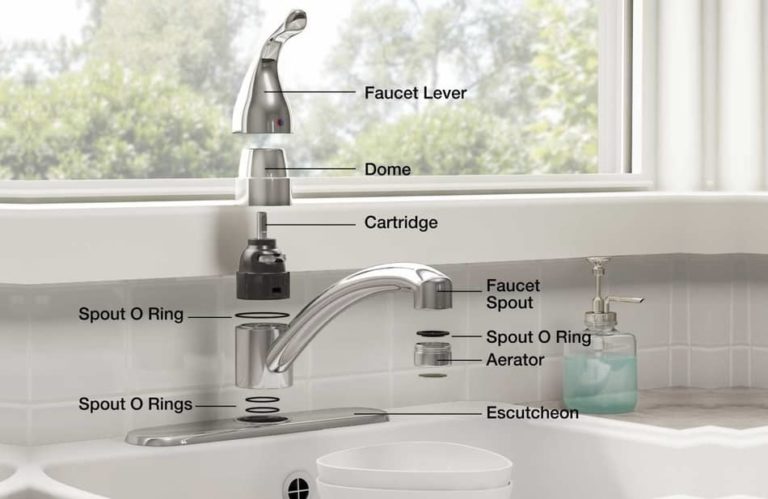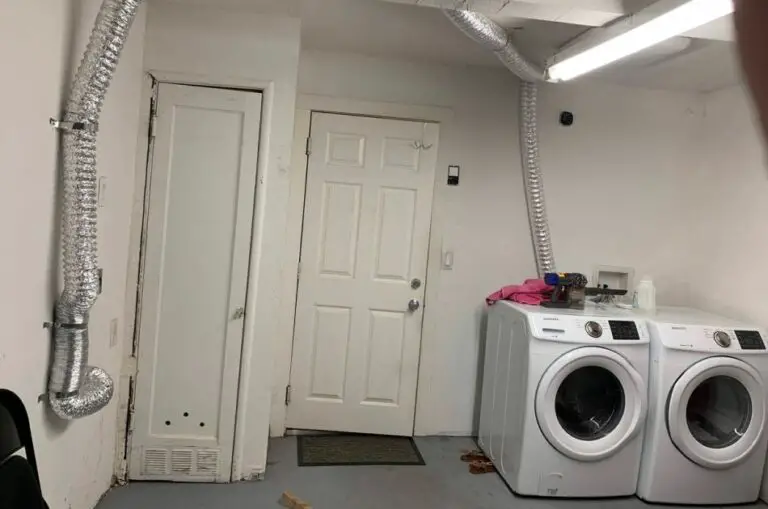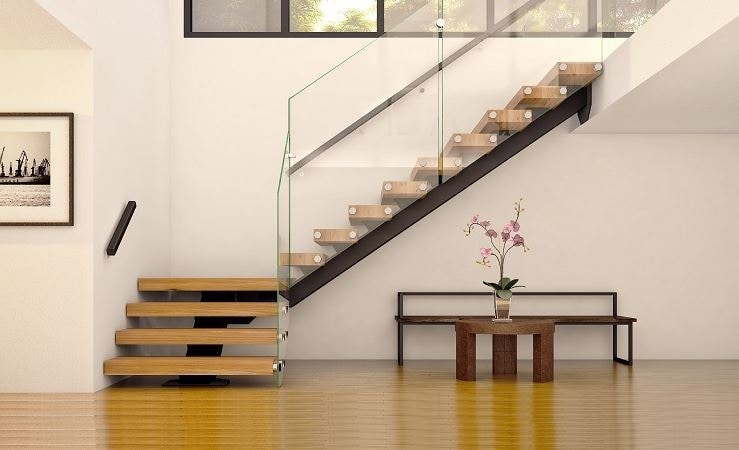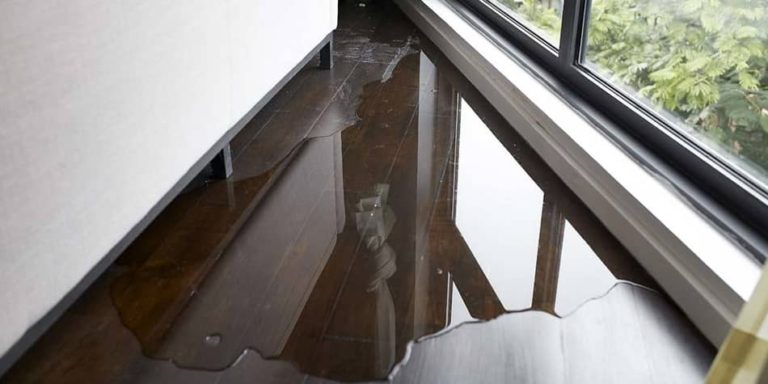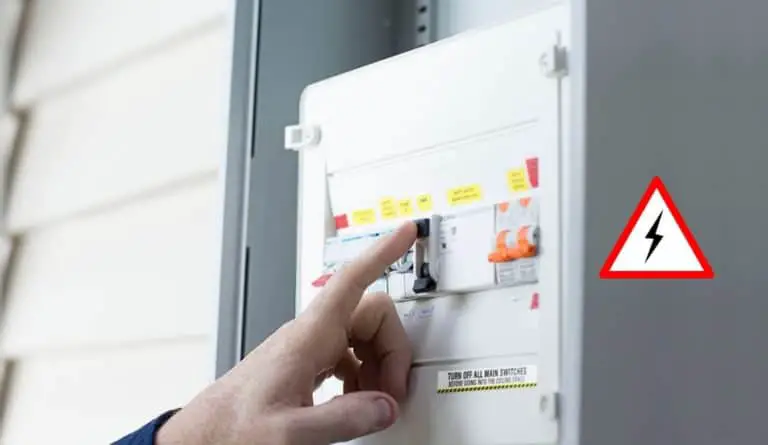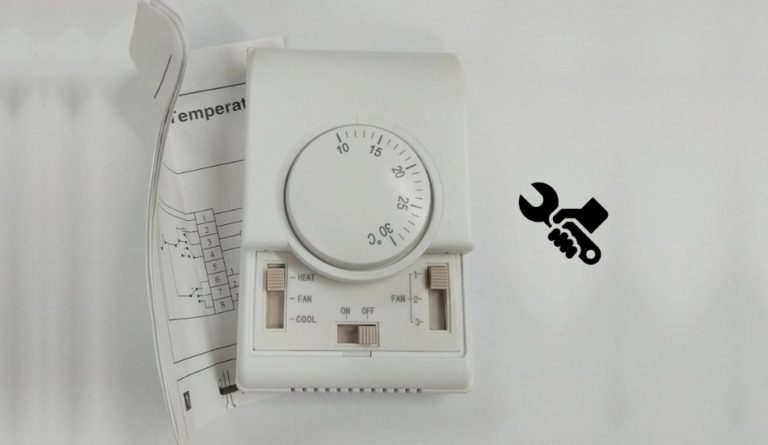Kitchen Plumbing Systems | Diagrams & Types
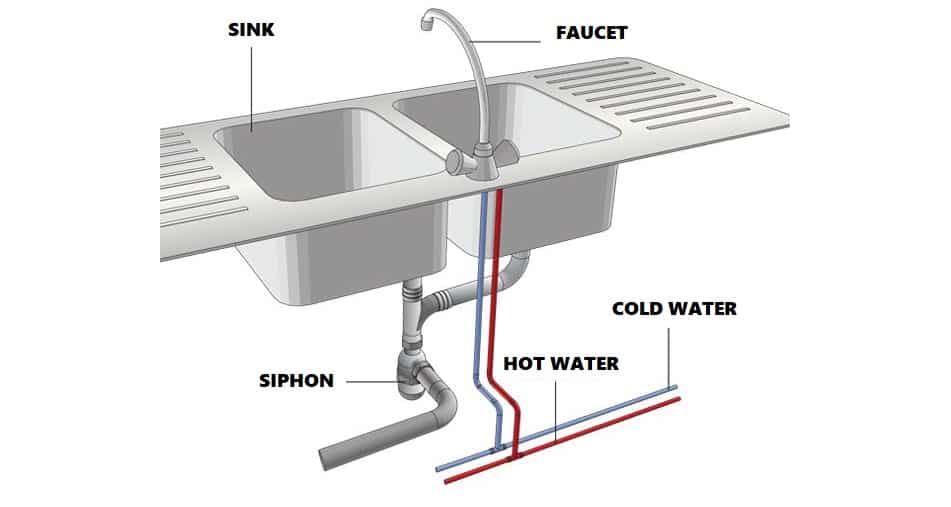
Most kitchens have very simple plumbing systems that come with hot and cold water supply lines to the faucets. Nowadays, we can see that kitchens also have hookups for a dishwasher, ice maker, and a disposer, but these are generally connected to the sink plumbing. Therefore, it is important to understand how the kitchen plumbing system works. So if you have any problem with the pipes or drains in your kitchen, we will teach you everything about the kitchen plumbing system. Let’s start with the basics.
What Are the Main Parts of Kitchen Plumbing System? The basic kitchen plumbing system consists of water (hot & cold) supply lines, drain trap, fixtures, and drainage. Together, they combine to create a functional kitchen plumbing system. Additional parts like dishwasher, garbage disposal, or fridge ice maker, are typically attached to the kitchen water supply and drainage.
By understanding how the kitchen plumbing system works you could save a lot of time and money in the long run. So let’s get started with the basics.
Table of Contents
Understanding Kitchen Plumbing Systems
The main kitchen’s plumbing system consists of two supply:
- Water supply line
- Gas supply pipe
In the sink’s plumbing system there is a visible part that is located directly below the sink (you can see it inside the sink’s base cabinet). There is also a flexible gas connector, that is controlled by a gas valve and it is located on the floor or at the wall.
If you look beneath the sink you can notice two small valves: one is for the hot water supply, the other valve is for the cold water supply (older homes only have one small valve). By turning these valves clockwise you will stop the flow of water through the supply tubes, where the water flow to the faucet.
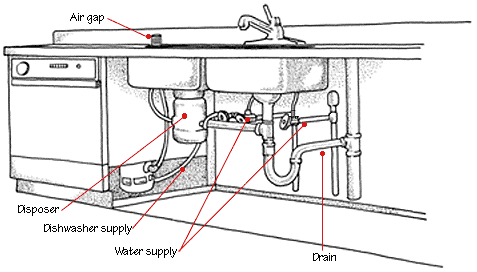
Sometimes on the faucet side, where the cold water shutoff valve is, may be also other water connections. These connections are made with the use of flexible copper or plastic tubing and it serves as an instant-hot-water dispenser, water-treatment device, and the like.
Flexible supply tubes are connected by the valves to the threaded tailpieces of the faucet. The faucets that come with an integral or separate sprayer have a hose that is always connected to another tailpiece at the center of the faucet body. The gas supply that is used for a gas range is usually controlled by a shutoff valve. This flexible supply line is delivering the gas to the appliance.
If you want to know how Bathtub Plumbing and Drain System Work, check out this article.
How Does a Kitchen Plumbing System Work?
The kitchen sink is connected to a home’s water supply system, and it supplies the faucets with fresh water. Fresh water is coming from the water supply pipes and is then distributed to the sink. The sink drain system carries that used water to sewers or septic tanks. The sink drain always comes with a “trap” that fills with water so it can prevent sewer gasses from rising into the house.
Basic Kitchen Plumbing System Parts:
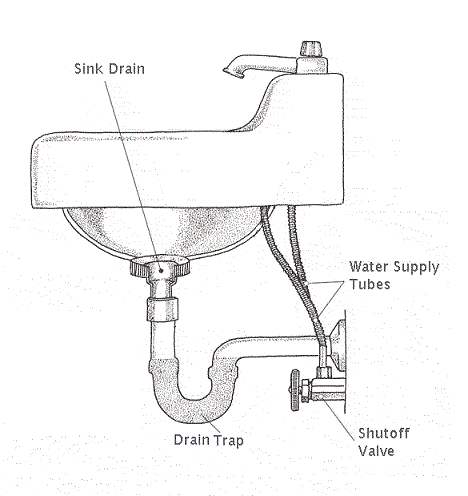
Every kitchen plumbing system consists of these basic elements:
- Hot Water Supply Line
- Cold Water Supply Line
- Drain
- Drain Trap
- Shutoff Valve
Additional Kitchen Plumbing System Parts:
If you have additional appliances in your kitchen that uses water, such as garbage disposal, dishwasher, or fridge ice maker, then these components will usually be connected underneath the sink. When installing new kitchens, these connections are usually made underneath the flooring, with the shut-off valve that is located under the sink.
- Garbage Disposer
- Flexible Supply Tube
- Shutoff Valve
- Dish Washer Water Supply
What’s Under the Kitchen Sink?
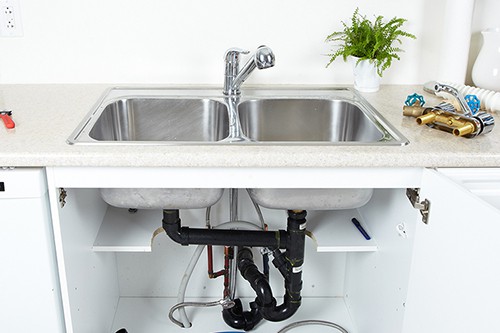
Under the kitchen sink plumbing, we can find a lot of parts and pieces which are required for this system to work. The first thing we find below the sink is a rubber gasket and a locknut, that is used to hold the strainer in place and that connects it to the tailpiece. Next is the drain trap whose main purpose is to “trap” the water in the dip in the pipes and keep it there. At the bottom of the trap, there’s a cleanout area where you can access the pipe.
Installation Process of Kitchen Plumbing System
The connection of plumbing in the kitchen to the water supply and sewerage system is carried out after the completion of finishing work and the installation of kitchen furniture. To connect the dishwasher in the kitchen, use the flexible piping elements that come with this type of plumbing. As noted earlier, to prevent the appearance of unpleasant odors, the connection to the sewer is carried out through a water seal. To avoid gurgling in the sink, it is better to use a special valve when connecting the dishwasher. The installation of a water filter is carried out in most cases in the kitchen under the sink.
Modern Piping Kitchen Systems
Polymer and metal-polymer pipes have practically displaced traditional steel and copper products from this area due to a number of advantages. Such pipelines are not subject to corrosion, their inner layer is resistant to abrasion and does not contribute to the accumulation of deposits. Due to this, the bore diameter of the pipe remains constant throughout its entire service life (at least 50 years). An important feature is the high degree of pipe hygiene. Moreover, the installation of such pipes is simple and does not require much time.
Proper Maintenance
When the food particles, fat, or grease goes down the kitchen drain, they get caught up in the walls of the pipe. By simply opening the trap, the plumber can use tools to locate foreign objects or to clear the blockages from there. Therefore, it’s important that your kitchen plumbing system is in good condition by limiting what you put down the drain. These kitchen plumbing systems ensures households to have instant access to hot and cold water whenever it’s needed and require regular maintenance.
Final Thoughts
As you could see in this article, the kitchen plumbing system is very simple and easy to understand. Basic elements of every kitchen plumbing system consist of hot and cold water supply lines, drain trap, fixtures, and drainage. But additional parts can also be added, depending on the purpose we already mentioned above. Every kitchen plumbing system is quite trivial, so if something happens, you will be able to take care of the job. I hope that you now have a clearer insight into plumbing systems and that you will be able to make good use of this information we have provided you.


